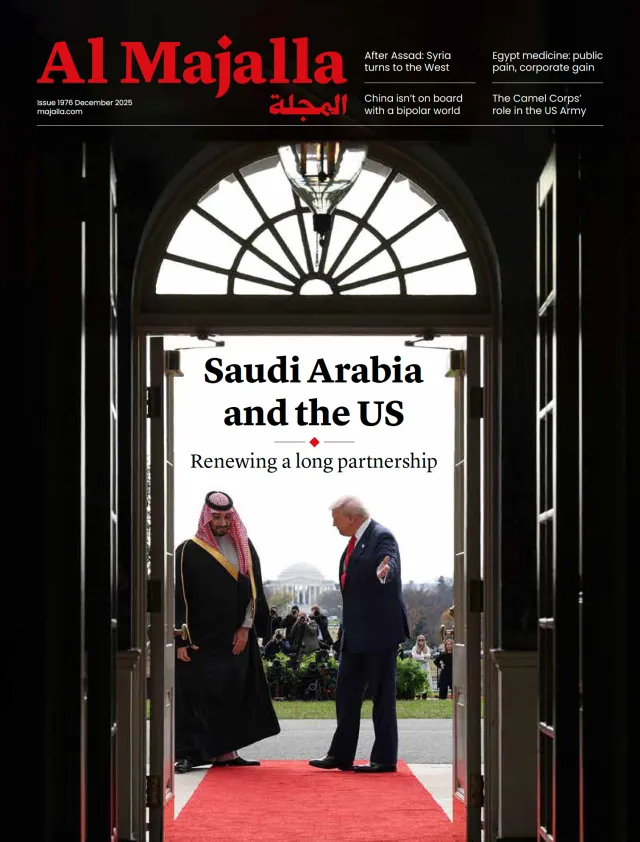Elon Musk is on track to become the world's first trillionaire, two years ahead of a 2027 projection made earlier this year by Informa Connect Academy. And based on the annual growth rate of their fortunes, Indian businessman Gautam Adani and Nvidia CEO Jensen Huang trail closely behind. And although the phenomenon of wealth concentration is not new, the advent of a trillionaire class should worry us all.
The adoption of so-called flexible labour laws by many industrialised nations dates back to the post-World War II era, which aimed to circumvent the constraints imposed by European welfare states, and also to the New Deal policies introduced by US President Franklin D. Roosevelt following the Great Depression of 1929.
A so-called free labour market was created, consisting of a pool of unemployed individuals with high qualifications, as well as both skilled and less experienced workers. All are prepared to accept harsh working conditions in order to secure a livelihood. Furthermore, the relocation of manufacturing to Asian countries, and to a lesser extent, South America, has relieved capital owners of the pressures once exerted by trade unions.
Growing divide
The growing social divide between the ultra-wealthy and the deeply impoverished has strengthened the belief that demands for rights, reminiscent of those that gained momentum before World War II, will re-emerge. A new era of class struggles looks to be on the horizon, aimed at redressing the wealth gap.
Today's trillionaires differ markedly from the billionaires of the 1980s and 1990s—many of whom amassed their fortunes after coming of age during the rebellious era of the Baby Boomer generation. That period aimed to challenge the norms of earlier generations through new forms of artistic and political expression, such as the Black Panthers in the United States, as well as through alternative social structures ranging from youth communes to insular religious sects. Despite their aspirations, this generation eventually integrated into the existing political and economic order.




